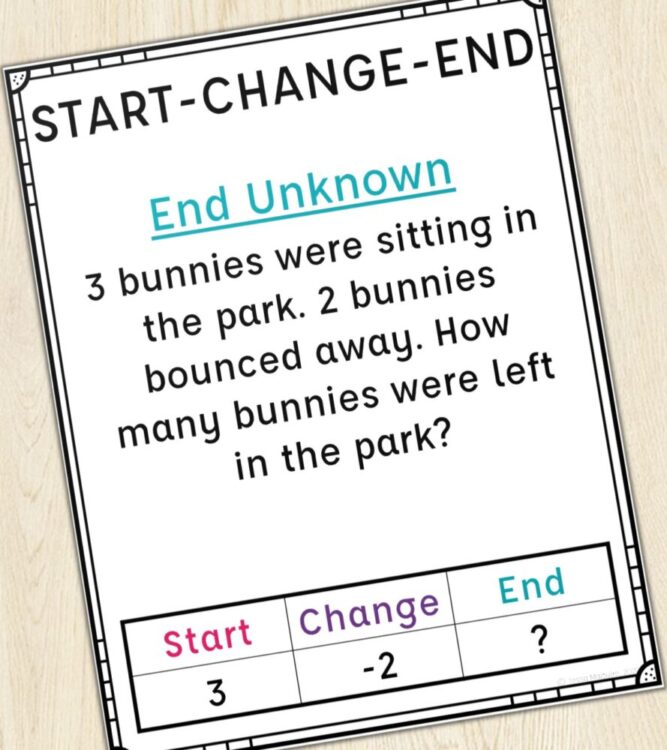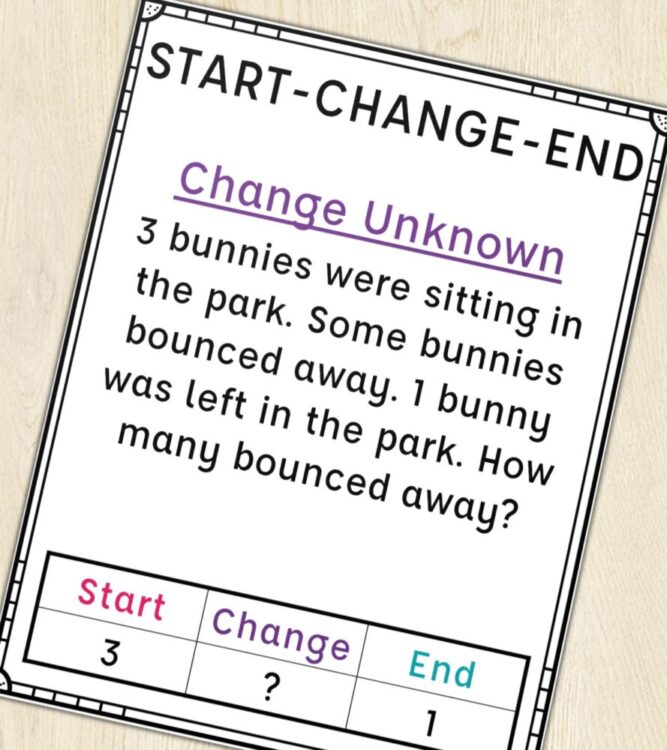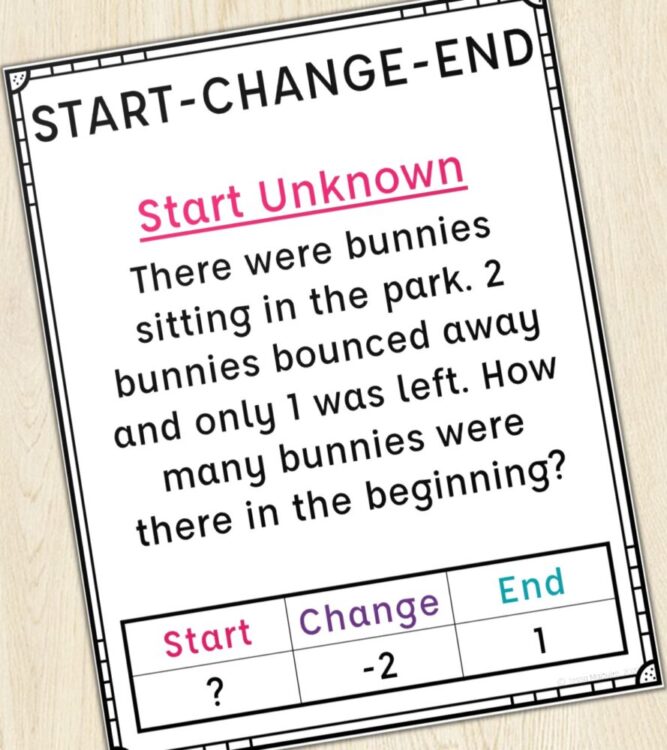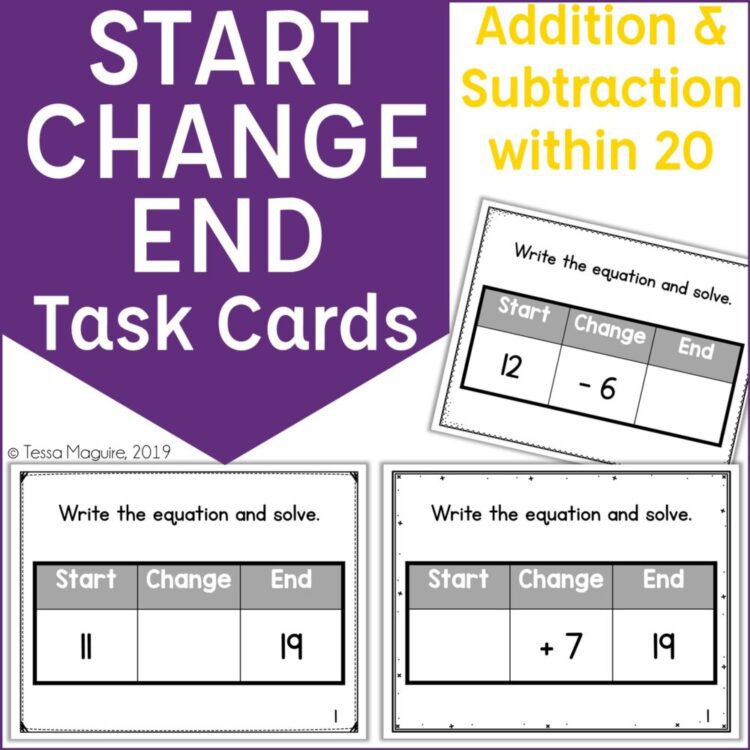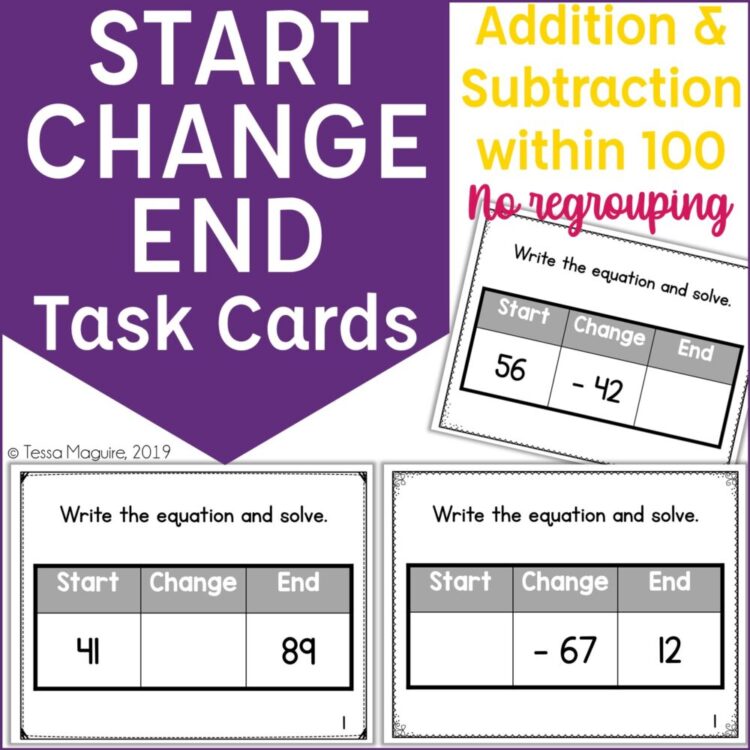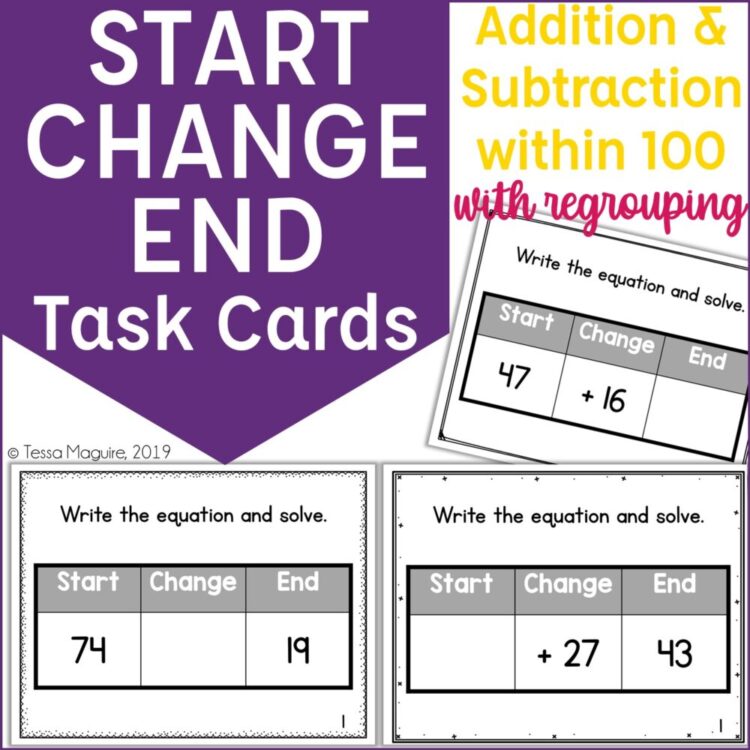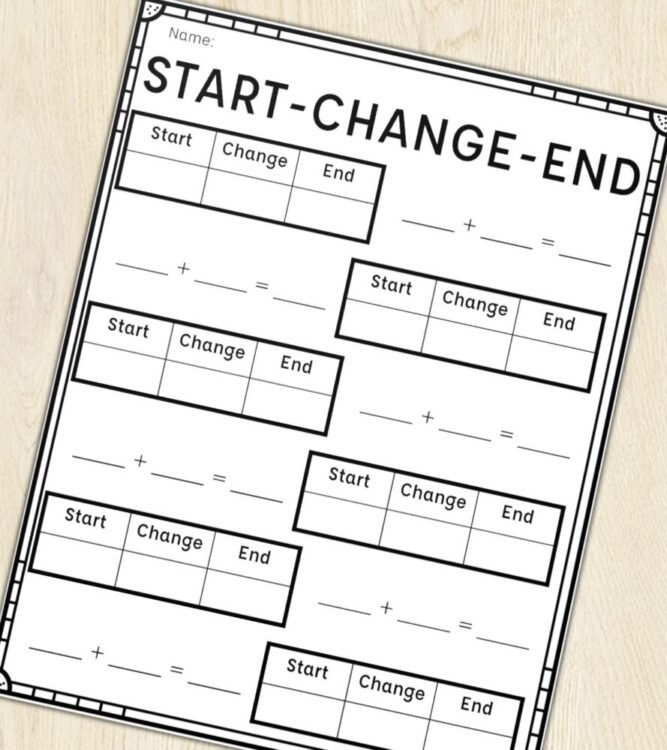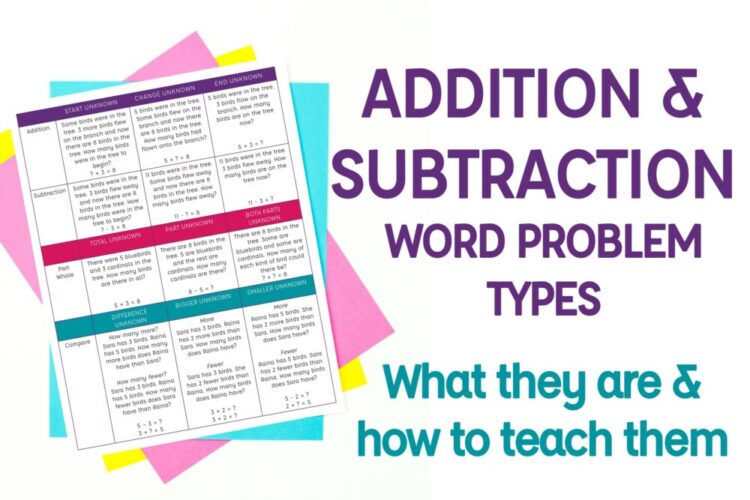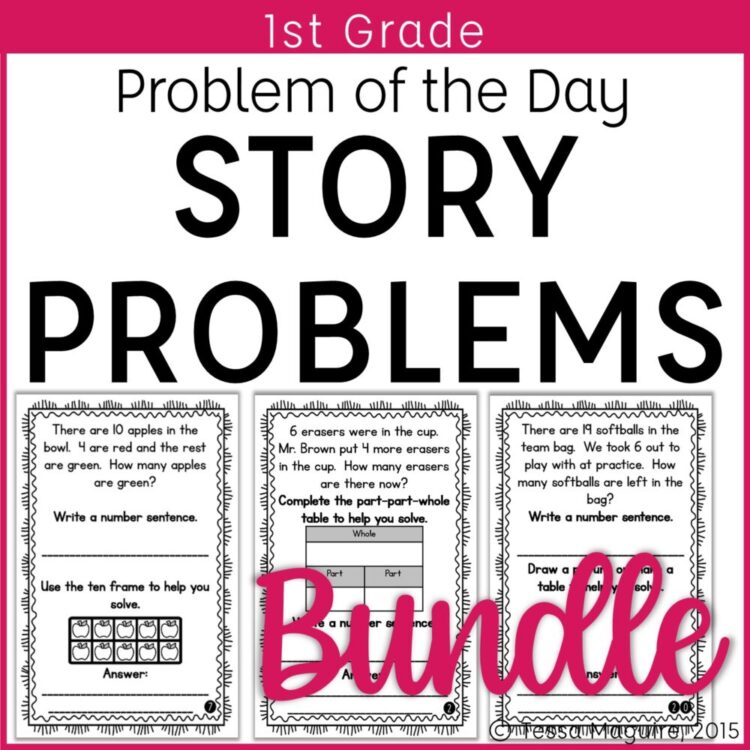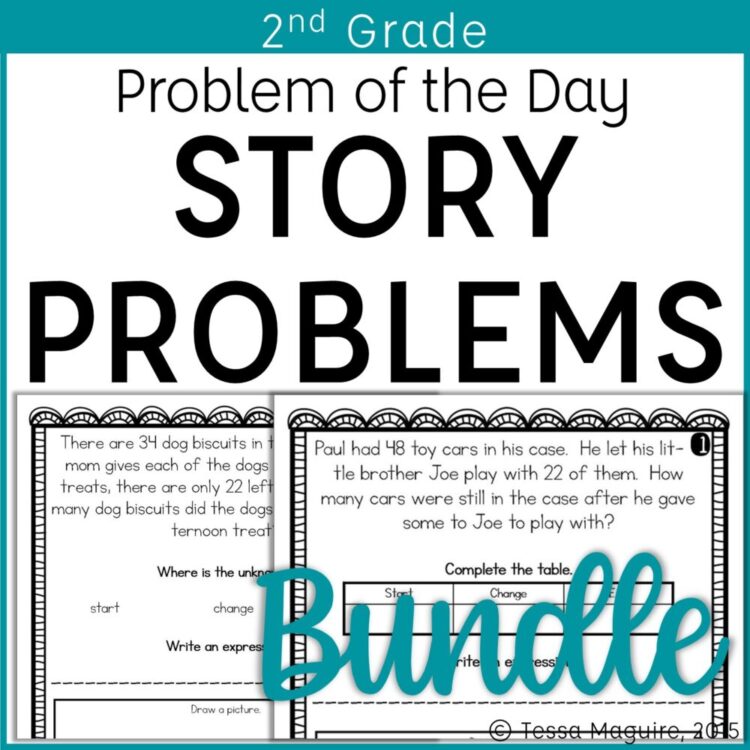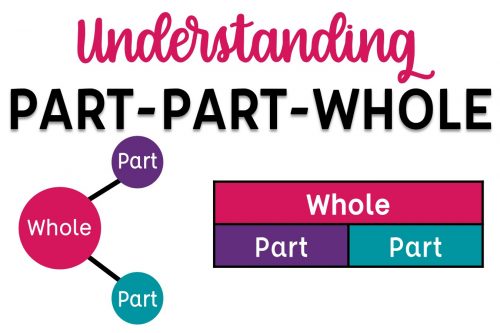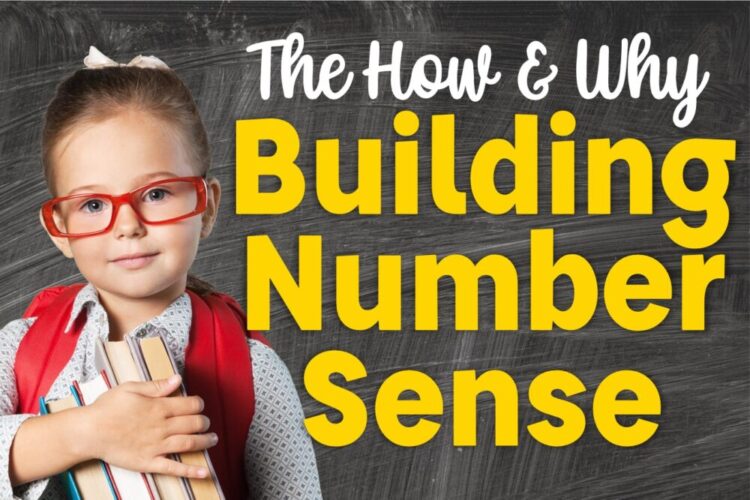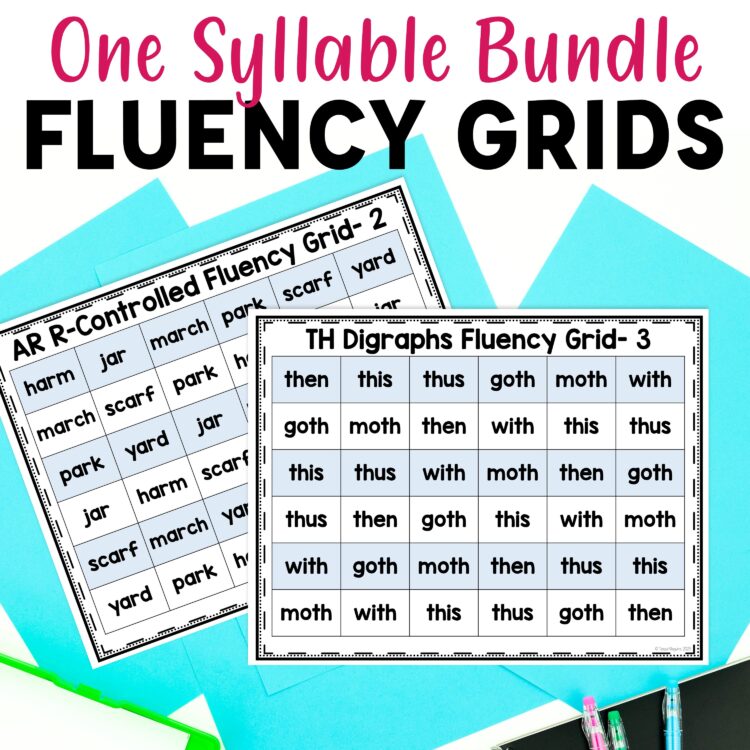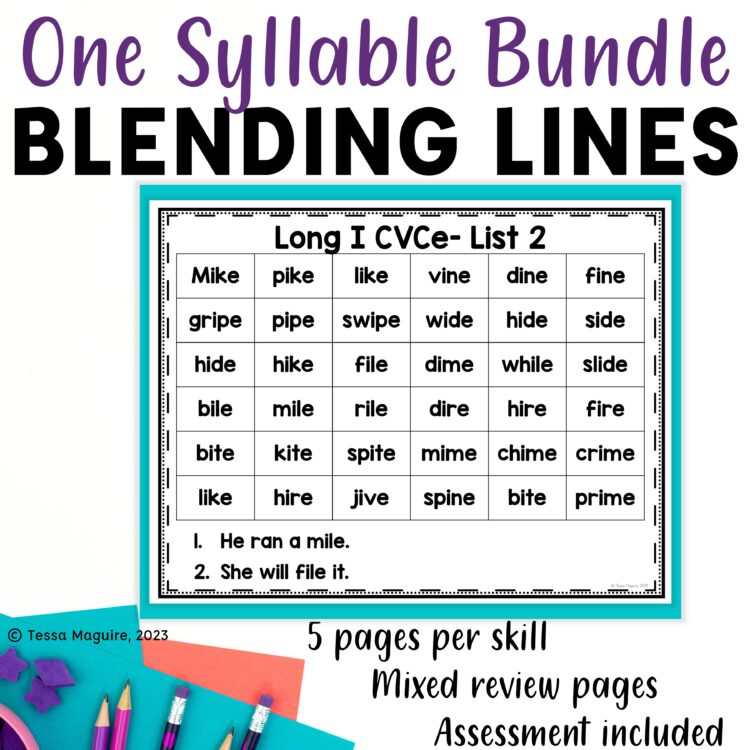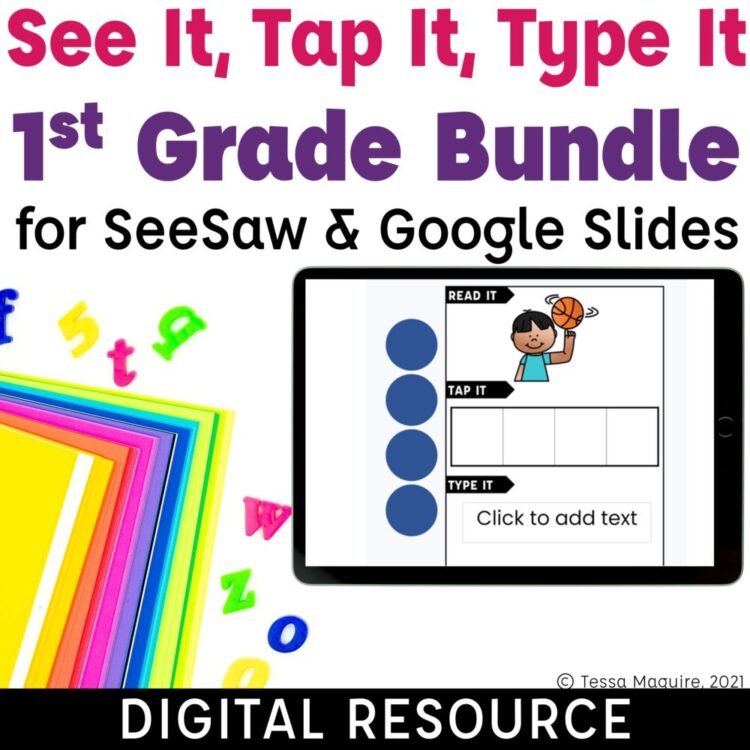© 2024 Tales from Outside the Classroom ● All Rights Reserved
Start Change End with Addition and Subtraction
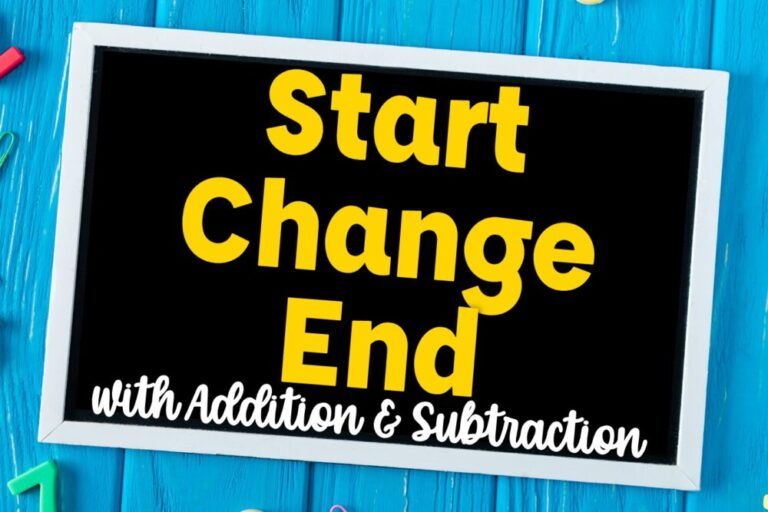
Do you teach Start-Change-End or Start-Change-Result problem types with your students? If not, you should be! Start-change-end is a mathematical concept focused on the real-world application of math skills. It is first present in addition and subtraction word problems but then applied to many additional mathematical concepts in later years. Start-Change-End scenarios are present in multiplication and division, in mixed operations, and in elapsed time. It is just as it sounds: a beginning, middle, end of math. The traditional terms are start-change-result but I use the word ‘end’ with my students. I feel like students are better able to quickly grasp it as the opposite of start.
Start Change End with Addition and Subtraction
End Unknown
The beginnings of start-change-end are present in the first real-world scenarios we present to students: with addition and subtraction. Traditionally, we have given students a majority of end unknown problems though that has changed with Common Core focused curriculum.
3 bunnies were sitting in the park. 2 bunnies bounced away. How many bunnies were left in the park?
In this scenario, the end, or result, is unknown. It’s important that students have experiences with unknowns in all positions, and identifying which part of the equation represents the unknown. Working with unknowns in all positions helps students build the schema necessary to critically think through word problems. It helps them navigate through understanding the problem based on the information that is given. Students build a deep understanding of the operations. It applies keywords into the understanding, rather than teaching keywords as the strategy themselves.
Change Unknown
Here’s a look at a related problem that is change unknown.
3 bunnies were sitting in the park. Some bunnies bounced away. 1 bunny was left in the park. How many bounced away?
In this scenario, we know the amount of bunnies that were present in the park in the beginning and how many remained at the end. The unknown is how many bounced away. By understanding that “some” identifies an unknown amount, and then relating that to the question being asked, helps students to identify that this is a change unknown problem type.
Start Unknown
Here’s a look at a related problem that is start unknown.
There were bunnies sitting in the park. 2 bunnies bounced away and only 1 was left. How many bunnies were there in the beginning?
Each of these problems represents the same equation: 3-2=1 but each shows the unknown in a different position. While this particular equation could be also understood as a part-part-whole scenario, the context better represents start-change-end. By having a deep understanding of both types of problems, students can navigate through any addition or subtraction scenario.
You can download my Start Change End posters for free.
Start-Change-End Practice
While teaching start-change-end is important for building a deep understanding for real-world scenarios, I build my students’ proficiency without always using word problems. I think students strengthen their skills by often practicing without context. It gives students practice with unknowns in all positions, and helps build confidence for working through word problems.
I have created task cards that present start-change-end scenarios using tables. Students use their understanding of addition and subtraction to identify the operation in the problems that the change is not included. Students practice identifying the equation presented with unknowns in all positions, and then solve.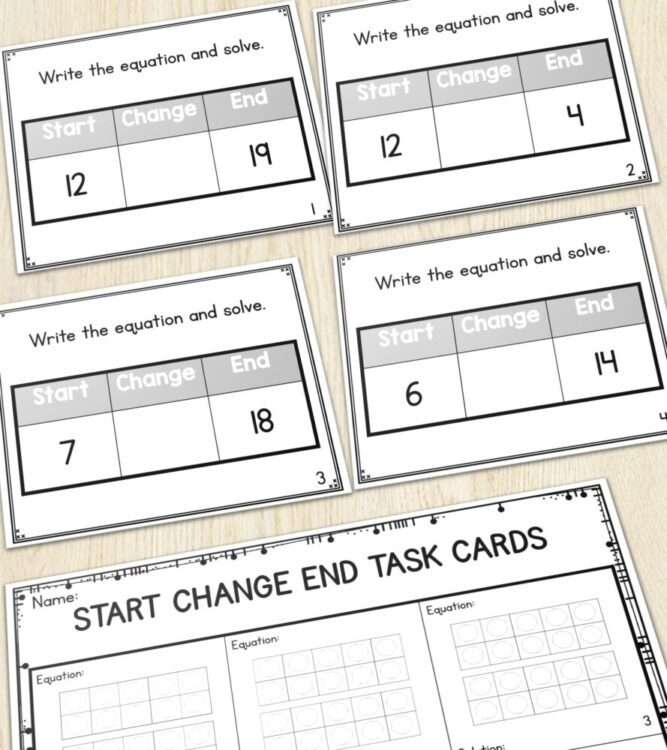
I have listed my Start Change End Task Cards in my TpT store. There are sets for addition and subtraction within 20- perfect for introducing addition and subtraction at the beginning of first grade. I also have an addition and subtraction set to 100 with no regrouping- perfect for later in the year. And, because I think it’s important to continue to reinforce start change end in second grade as addition and subtraction is reinforced, I also have a set with regrouping. You can access each set of task cards by clicking the link on the cover below to head to that product in my TpT store.
I also have open ended printables that can be used with any resource. Available in both full size options and half sheet options, you can have these as a quick and easy center, or as a resource for students to grab as needed. You can access my Start Change End Printables at this link.
Real World Scenarios
When we think of addition and subtraction, we likely think of part-part-whole relationships first. But, most often, start-change-end scenarios are what we think of with word problems. Something happened and we have a new result. If we’re not intentional, it’s easy for us to focus our problem solving on “end unknown” type scenarios. These are the ones with the questions “How many are left?” or “How much does Sarah have now?”. But it’s important for us to give our students practice and experience with word problems in any position. I have a dedicated post for Addition & Subtraction Word Problem Scenarios that continues to explore start-change-end problem types in real world scenarios.
In my Start Change End Word Problem set, students practice each of the problem types. One word problem task card set includes practice identifying the unknown in similar word problems and matching them to given equations.
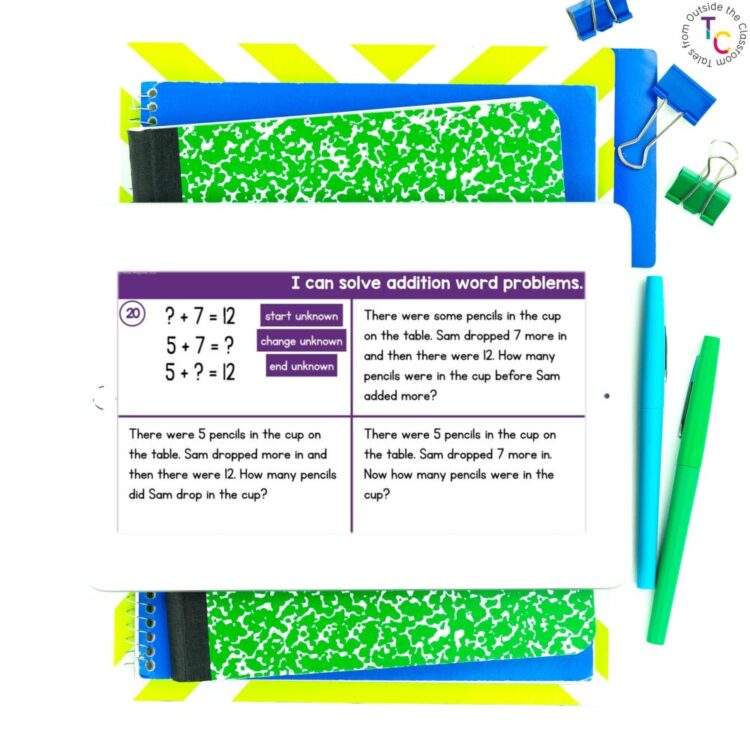
My Start-Change-End Word Problem Task Cards for 1st Grade include 4 different sets: identifying unknowns, start unknown, change unknown, and end unknown. They practice addition and subtraction within 20 in real-world contexts. Students read the word problem, build an equation, and solve using the built in number lines and tens frames to model the scenario.
While we intentionally practice each of the addition & subtraction word problem types during specific times during our unit, we also intentionally spiral our word problem work. By spiraling, students don’t get to rely on the “skill of the week” to know what to do to solve. They truly must understand the concept.
My 1st Grade Word Problem of the Day set includes both part-part-whole problems and start-change-end problems. Students identify the problem type that is presented and complete tables to demonstrate their understanding. By explicitly teaching both sets of problem types, students are much more successful with word problems because they’re able to better understand real-world scenarios. And by doing a word problem every day, my students have spiraled through the grade level standards and are better able to master them.
You can take a closer look at my 1st Grade Word Problem of the Day Bundle. The bundle links to the individual months, including a free set that you can try out with your students.
My 2nd Grade Word Problem of the Day Bundle also includes explicit practice with start-change-end scenarios as students identify the location of the unknown. As students work with increasing numbers, they can often become overwhelmed with approaching the problem. Continuing to have them practice identifying where the unknown is based on the problem scenario continues to help build mastery for addition and subtraction. You can take a closer look at my 2nd Grade Word Problem of the Day Bundle. The bundle include links to each month as well as a link to the free set that’s included so you can try it out with your students first.
In addition to explicitly teaching start change end problems with my students, I also teach part-part-whole scenarios. You can take a look at our work with Part-Part-Whole by clicking to go to that post.
You may also be interested in reading more on how I build my students’ number sense and place value in 1st grade.
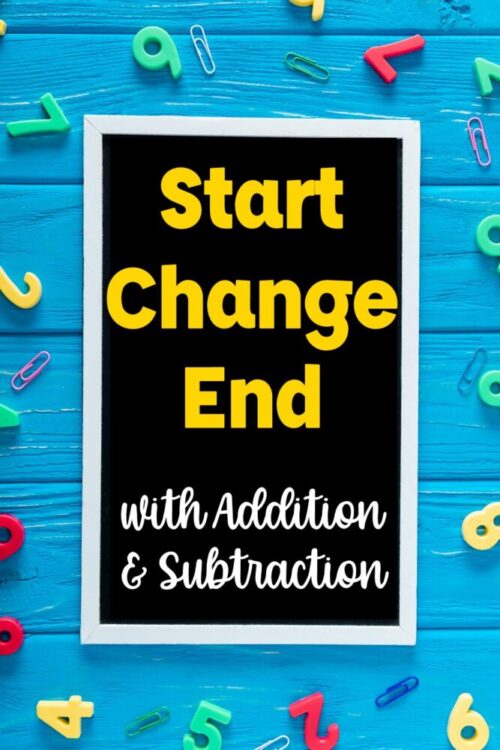
Newsletter Sign Up
Signup for my weekly-ish newsletter. I send out exclusive freebies, tips and strategies for your classroom, and more!
Please Read!
You have successfully joined our subscriber list. Please look in your e-mail and spam folder for Tales from Outside the Classroom. Often, the confirmation email gets overlooked and you're night signed up until you confirm!

Hi! I’m Tessa!
I’ve spent the last 15 years teaching in 1st, 2nd, and 3rd grades, and working beside elementary classrooms as an instructional coach and resource support. I’m passionate about math, literacy, and finding ways to make teachers’ days easier. I share from my experiences both in and out of the elementary classroom. Read more About Me.









